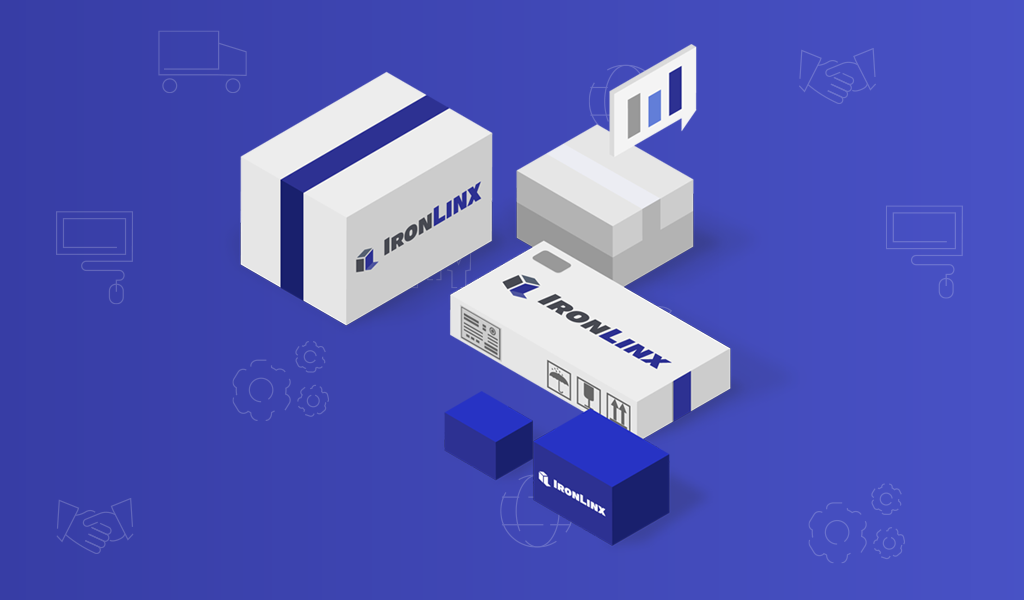News and Insights
E-commerce, Logistics, and Small Business Management
Subscription Boxes: Types, Benefits, and Challenges

Over the past decade, variations of the subscription model have gained significant traction in the eCommerce space. According to data from McKinsey, eCommerce subscriptions aggregate to a multibillion dollar industry that has been growing at a compound rate of 100% plus in recent years. The subscription model satisfies customers by providing desired goods without the need for repeatedly placing orders and benefits sellers by providing steady and predictable revenue. This article examines the three variations of the subscription-based business model and the unique benefits and challenges subscription sellers should consider.
Subscription Types and Most Popular Niches
Subscription businesses can be best divided into three categories: curation, replenishment, and access. While these three categories offer varying services and goods, they are similar in their overall business models, customer behavior and preferences, and logistics needs.
- Curation: subscriptions in this category encompass a customized selection of personal items — apparel, accessories, beauty products, etc. — based on a customer’s personalized requests.
- Replenishment: this model of subscription allows customers to automate the purchase of items they need constantly topped up, such as razors, diapers, or food products.
- Access: access subscriptions charge a fee for lower prices or access to exclusive content and typically encompass food or apparel offerings.
Benefits & Challenges
There are a number of clear benefits for subscription sellers:
- Recurring Revenue: Rather than having to start sales over at zero every month, subscriptions provide reliable and predictable revenue and cash flow.
- Standardized Operations: The subscription business model makes managing inventory and forecasting easier. Further, many subscription sellers standardize offerings to relegate picking, packing, and shipping to specific times of the month, allowing greater flexibility for planning, preparation, and execution. The model also makes segmenting and pricing easier; by focusing on a few select tiers instead of a wide range of unique SKUs, operations are often materially simplified.
- Lower churn rates: Subscription sellers often see lower customer churn rates (defined as the percentage of customers who stopped using an eCommerce store’s products) over time compared to non-subscription-based eCommerce. In most cases, it is noticeably cheaper to retain customers than it is to attract new ones; as a result, subscription eCommerce sellers can leverage long-term relationships to provide predictable revenue and customer behavior insights.
- Greater lifetime value (LTV): Subscription customers often have a greater lifetime value (LTV) than non-subscription-based eCommerce buyers because the customer relationship is typically longer. This extended relationship allows eCommerce sellers to become heavily data-driven over time — thereby improving customer targeting and creating opportunities for cross-selling and marketing.
- Attractive to Shareholders: Consistent recurring revenue makes a store more valuable for sale to potential buyers or investors, should a business owner decide to sell their company or bring in outside money.
Challenges for the Subscription Model
Sellers should also consider these challenges related to the subscription model:
- Customer Acquisition: Because subscriptions are a larger commitment than one-off purchases, subscription sellers often need to work harder and pay more to convert traffic to sales; thus, customer acquisition costs (CAC) are higher than for other models.
- Supply Chain & Fulfillment: In theory, subscription fulfillment is pretty straightforward; however, it demands a finely-tuned supply chain. Inventory, for instance, must be in place in full and on time, otherwise an entire batch of shipments may be delayed. Further, if subscription sellers personalize their offerings, many of the benefits inherent to the model (such as picking, packing, and shipping in batches) are likely to be lost — leading to inevitable increases in inventory, storage, and fulfillment costs.
- Delivery Time: Customers expect (and generally demand) to receive their packages on time. Especially for curation and access subscription sellers, it can be a real challenge to deliver an extraordinary and novel experience month-after-month. Sellers must be at least several months ahead in their planning to minimize the likelihood of delays.
- Cancellation: While customer churn rate is often lower for subscription sellers as mentioned above, cancellation is still a concern, especially for customers who receive subscriptions as a gift. Furthermore, if a customer needs to cut back on their spending and/or becomes displeased or bored, subscriptions are a logical place for them to cut. According to McKinsey, meal-kit subscriptions in particular suffer from very high early cancellation rates — between 60 and 70% within six months. Accordingly, eCommerce sellers should avoid overinvesting in heavy discounts, freemiums and free trials until such strategies have proven to generate long-term customers.
Conclusions
Subscription models bring personalization, convenience, and joy to customers while providing sellers with recurring revenue and a predictable operational cycle. But, they do come with their own set of challenges: higher customer acquisition costs, supply chain difficulties, and ever-present cancellation risk. For more information on how we can help your subscription business, please contact us today.

Recent Comments